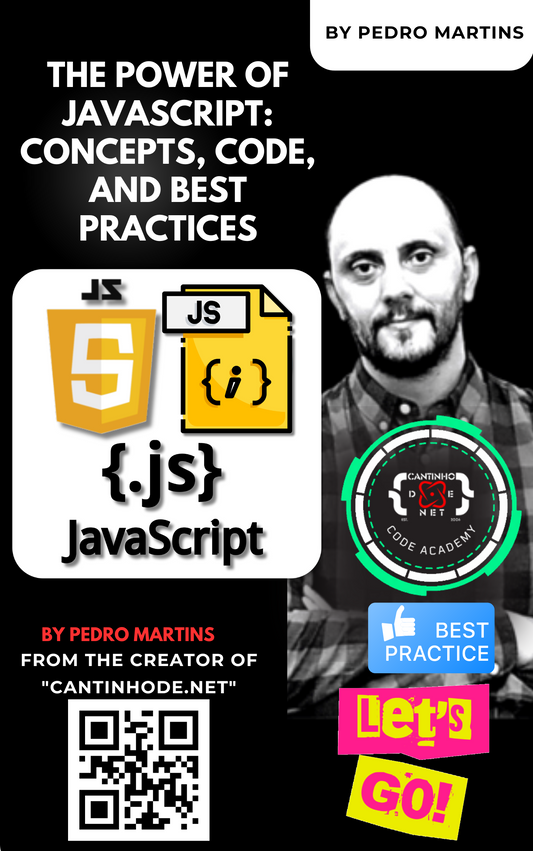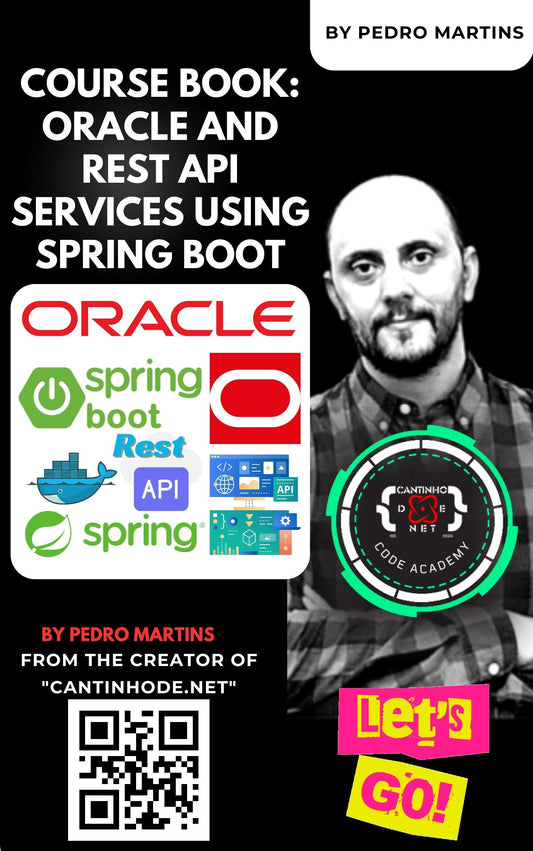Enhancing Text Classification in Python: Techniques and Tips
Text classification is a fundamental task in natural language processing (NLP) with numerous applications. While Python provides a great starting point, there’s much more you can do to enhance the performance of your text classification models. Let’s dive into some advanced techniques and tips to take your models to the next level.
Advanced Preprocessing Techniques
1. Lemmatization Over Stemming
Lemmatization, unlike stemming, reduces words to their dictionary form, which can be more effective for understanding the context.
2. Removing Stop Words
Common words like ‘and’, ‘is’, and ‘in’ might dilute the significance of key terms in text data. Removing them can enhance focus on relevant words.
3. Experimenting with N-grams
Moving beyond single words (unigrams), bigrams or trigrams can capture more contextual information, often leading to improved model performance.
Feature Extraction Methods
1. Word Embeddings
Techniques like Word2Vec or GloVe offer a more complex representation by capturing semantic relationships between words.
2. Character-Level Features
Character n-grams can capture linguistic styles and are particularly useful in tasks like author identification.
3. Custom Features
Depending on your dataset, adding features like text length or specific keyword flags might provide additional valuable information.
Choosing the Right Machine Learning Models
1. Support Vector Machines (SVM)
For high-dimensional spaces, SVMs can outperform simpler models like Naive Bayes, especially in text classification.
2. Decision Trees and Random Forests
These models are not just effective but also offer good interpretability.
3. Deep Learning Approaches
Neural networks, particularly RNNs and transformers, are at the forefront for tackling complex text classification tasks.
Advanced Techniques for Optimization
1. Hyperparameter Tuning
Tools like GridSearchCV or RandomizedSearchCV can systematically work through multiple combinations of parameters to find the best model.
2. Ensemble Methods
Combining predictions from different models can enhance accuracy and reduce the risk of overfitting.
3. Cross-Validation
Using techniques like K-Fold cross-validation helps ensure that your model is robust and generalizes well across different data samples.
Experimentation and Evaluation
- Metrics Matter: Don’t just rely on accuracy; precision, recall, F1-score, and ROC-AUC are essential for a comprehensive evaluation.
- Dataset Characteristics: Understand your data. The effectiveness of different techniques often depends on the nature of your dataset.
- Continuous Experimentation: The field of NLP is evolving rapidly. Stay open to experimenting with new methods and models.
Conclusion
In the dynamic world of NLP, staying updated with the latest techniques and continuously experimenting is key to achieving the best results in text classification. Python, with its extensive libraries and community support, offers a great platform for exploration and innovation in this field.
Remember, the journey in machine learning and NLP is as much about the process as it is about the outcome. Each dataset is unique, and there’s no universal solution. Happy experimenting!
Are you looking for more specific examples or need help with a particular aspect of text classification in Python? Feel free to reach out for more tailored advice or examples!








